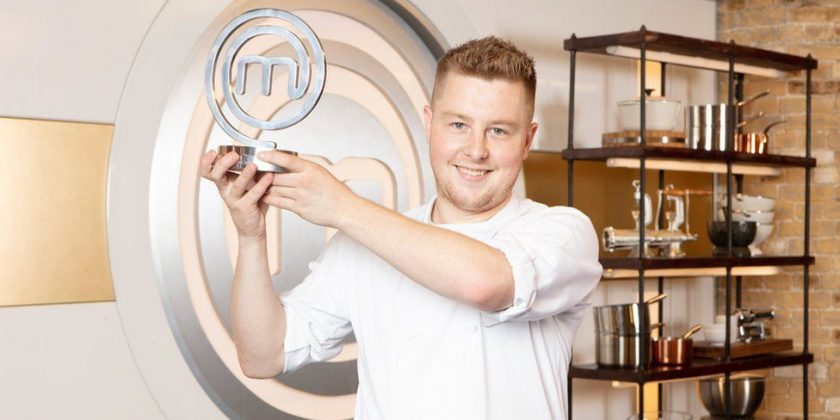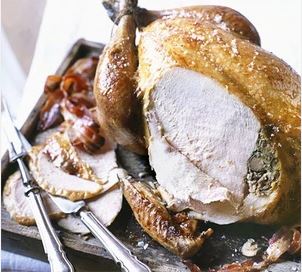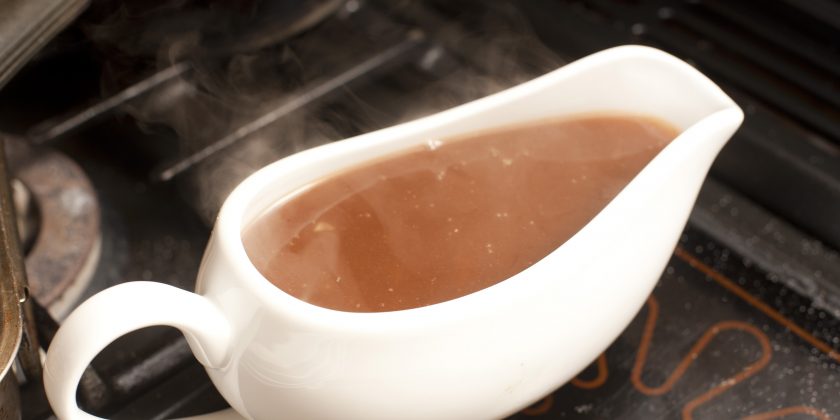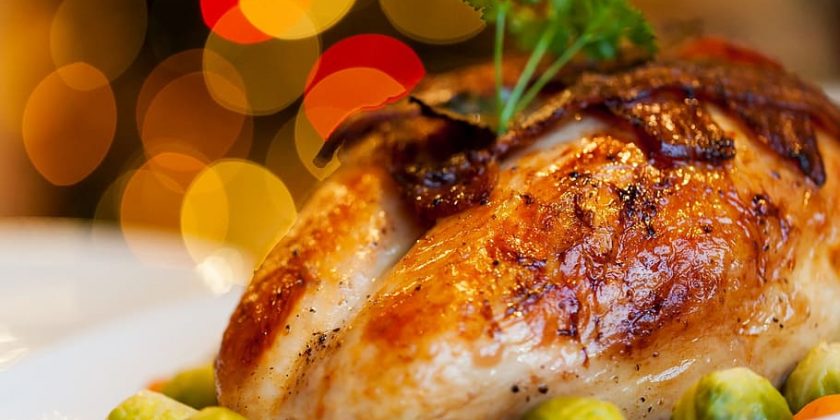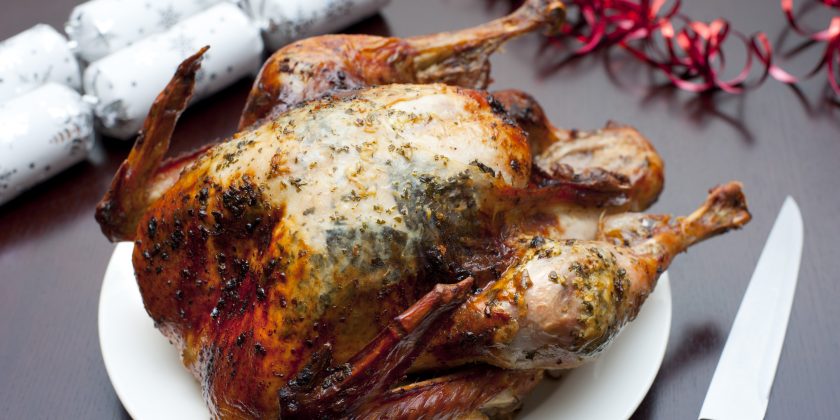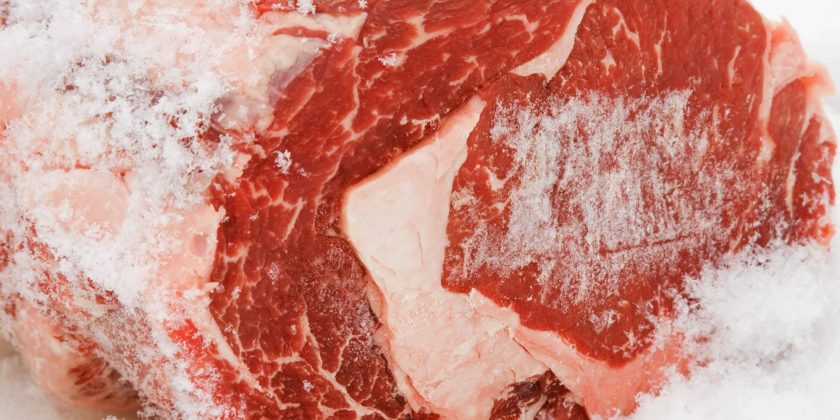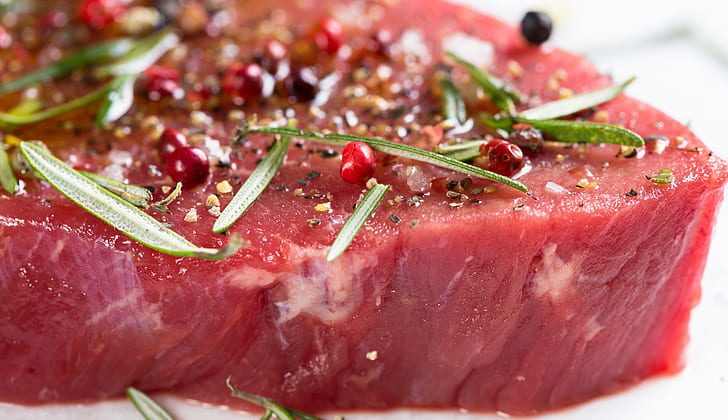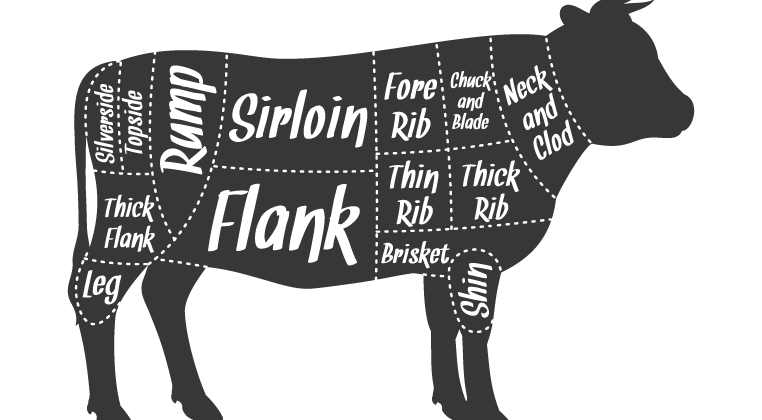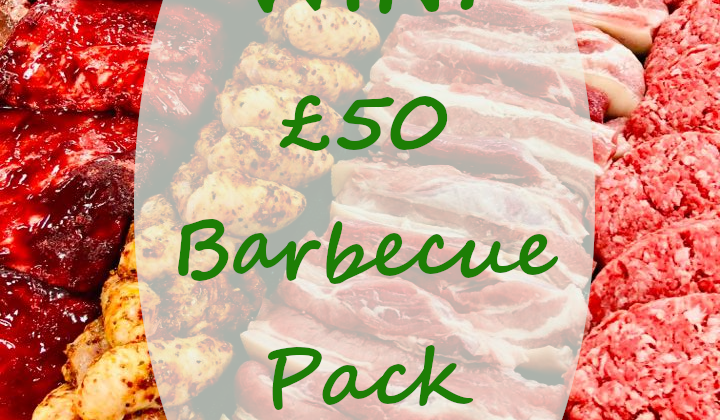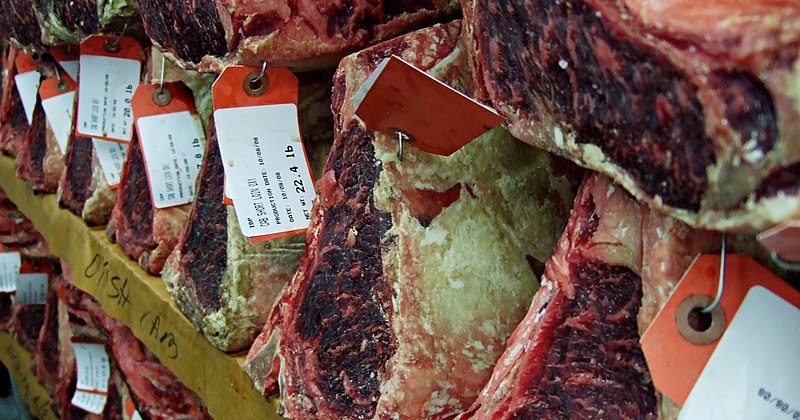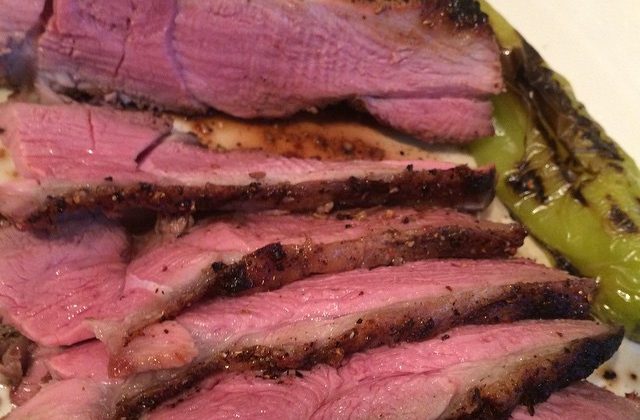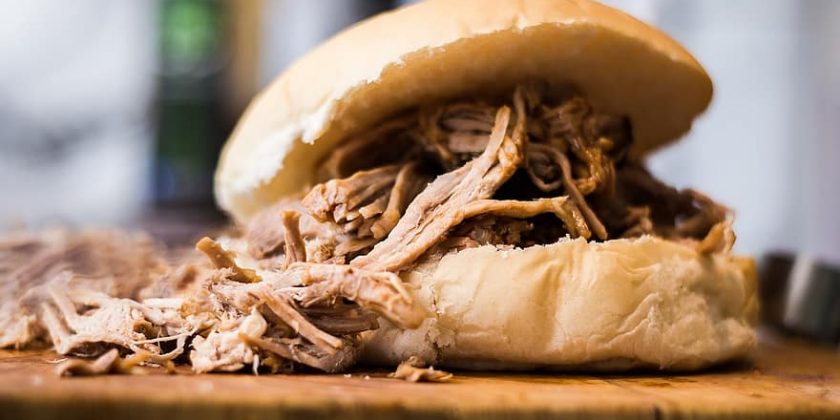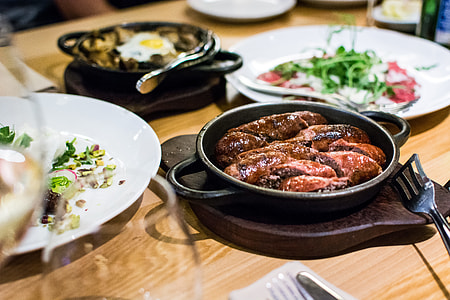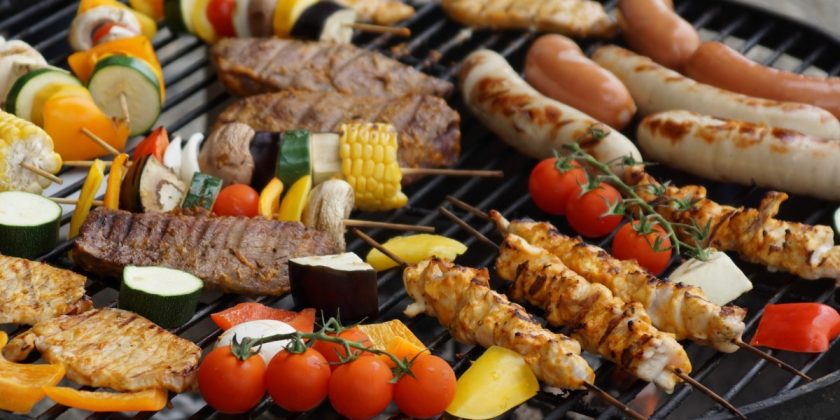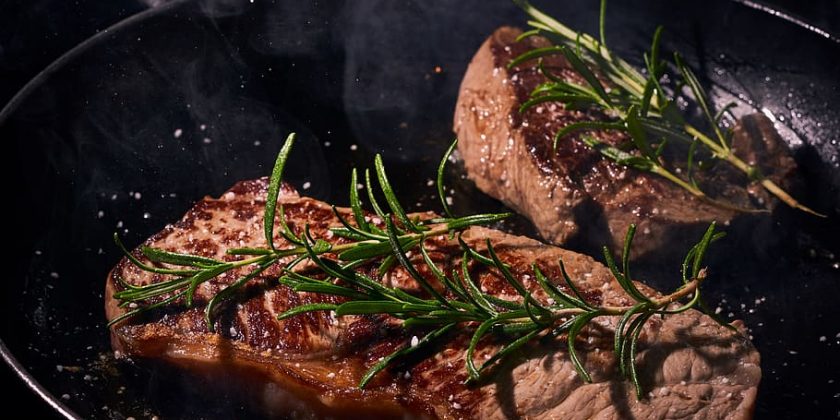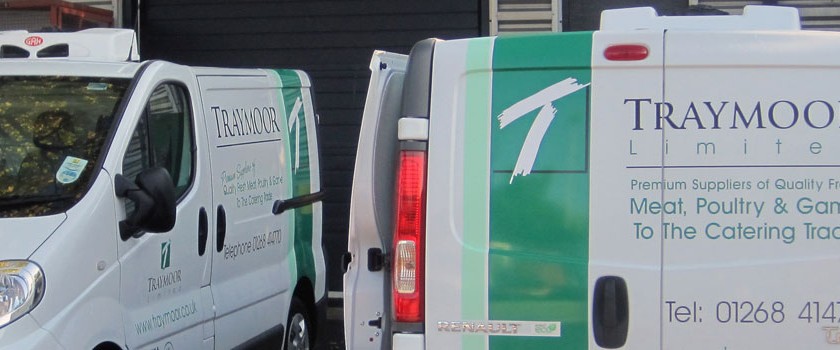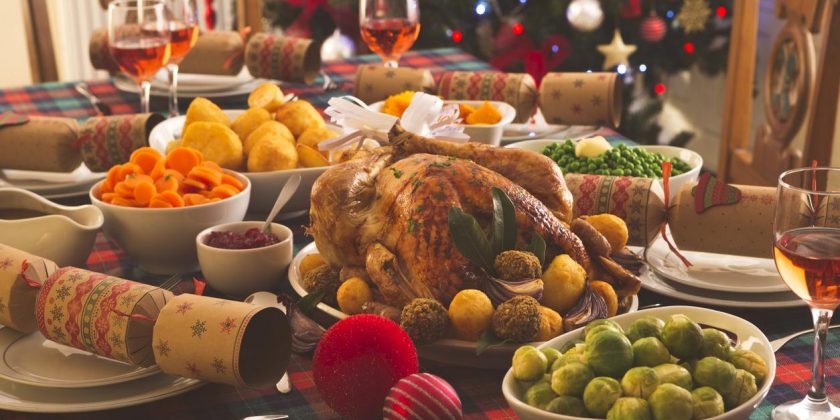
When you’re in charge of cooking Christmas lunch, there’s every chance that you’ll feel under pressure to serve a sumptuous meal so think about following a Christmas cooking schedule. This will help you to get the timings right, cook everything to perfection and ensure that no detail is missed. It’s easy to get bogged down with what you should be doing and when so a schedule, albeit a loose one, is a great way to help you stay on track and reduce stress.
The Christmas cooking schedule we offer below is based on a typical Christmas lunch with a 5 kilogram turkey served at 2 o’clock in the afternoon. If you’re having a different type of meat, or a turkey of a different size, you will need to adjust your timings.
Although this schedule does not tell you how to roast a turkey, can link you to a recipe.
One week ahead
Most of your fresh ingredients won’t perish overnight so you can get a lot of them a couple of days before Christmas Day. Ideally, you’ll have saved yourself the stress of actually going to the supermarket and have instead placed an order for delivery. If possible, have everything, including your turkey, delivered on the 23rd. This means that you will have all you need to start prepping on Christmas Eve.
Stock up on drinks. Wines, spirits, liqueurs and soft drinks to suit all tastes are a must. Are you thinking of kicking off with a festive cocktail? Make sure you have all the necessary ingredients including a bag of ice.
If you’re using a frozen turkey, transfer from freezer to fridge on the 23rd.
Christmas Eve
Try to get the majority of your prep done on Christmas Eve. That way, you can be leisurely about it so that on Christmas Day, all you need to think about is cooking the various items in the right order.
The first thing to do is make your mince pies and sausage rolls. It’s nice to have these done out of the way so that when you’ve done all your other work, you can sit down for a nibble and a well-earned rest.
Make the stuffing (don’t cook it) wrap, and store in the fridge.
Peel and parboil the potatoes in readiness for roasting. Once cool, store covered in the fridge.
Peel sprouts, cover and refrigerate.
Peel and chop carrots, cover and refrigerate.
Vegetables such as parsnips, cauliflower, and other items that tend to quickly discolour can also be prepared now but must be stored in acidulated water. Make acidulated water by mixing two teaspoons of lemon juice with every litre of water.
If you’re having braised red cabbage, cook this now according to your recipe, and refrigerate when cool. It can be reheated in a saucepan or in the microwave just before serving.
Any frozen items that need defrosting can now be transferred to the fridge.
If you’re making your own pigs in blankets, wrap your chipolatas in bacon now, cover and store in the fridge.
Scrutinise the remainder of your Christmas cooking schedule and make edits and additions to suit your menu.
Christmas Day
8 am
Remove turkey and stuffing from fridge.
9:30 am
Preheat oven to 190 c (170 c fan)
Stuff the turkey neck, weigh, and calculate cooking time.
10 am
Put the turkey and wine or stock in roasting tin and place in the oven.
Check every 45 minutes to ensure that the tray has not gone dry. Add a cupful of hot water if necessary.
11 am
Set the table, make stuffing balls, and do any final prep.
1 pm
Remove the turkey from the oven and use a meat thermometer to check it is cooked. It should be 65 c at the thickest part of the breast and 75 c at the thickest part of the thigh.
(Note that if the meat has not reached this temperature, it needs to go back into the oven and checked again in 15 minutes. You will need to adjust subsequent cooking times accordingly.)
Transfer the turkey to a plate and cover with foil. Turn up the oven to 200 c (180 c fan) and put a roasting tin filled with goose fat or oil into the oven. This will be for the potatoes. If you are roasting additional vegetables, now is the time to put in roasting tins for those too.
Deglaze the turkey roasting tin to make the gravy.
1:15 pm
Place potatoes in hot fat ensuring that you coat all the potatoes. Do the same with any other roast vegetables. Return tins to the oven.
1:30 pm
Place the pigs in blankets and stuffing balls on a baking tray and place in the oven. If they do not need quite half an hour to cook, either delay putting them in the oven, or ensure that you have somewhere to keep them warm once cooked.
Boil water for vegetables
1:40 pm
Put most vegetables on to steam or boil, but remember that brussels sprouts only need around five minutes. Therefore, you may want to delay putting these on.
Warm up your gravy and check for taste and consistency. Now is the time add additional seasoning and thickener if necessary. In addition, you can warm up any other sauces at this point as well as your braised red cabbage.
1:50 pm
Warm your serving dishes and plates. The dishwasher or a sink of hot water is ideal for this.
All the vegetables, roasted, boiled or otherwise should now be ready. Transfer them to serving dishes.
Turn off the oven and put the pudding in to warm through in the residual heat.
If you want to serve the turkey already carved, do the carving now. Otherwise, simply remove the foil and surround the bird with stuffing balls, roast potatoes, or anything to give it a festive appearance.
2 pm
Take food to the table and sit down to lunch.
Traymoor at Christmas
We hope that by providing our Christmas cooking schedule we have helped make Christmas Day a little bit easier. Traymoor can help you further by offering home delivery of Christmas meat packs.
We deliver our restaurant-quality produce to homes in Essex, Suffolk, Cambridgeshire, Hertfordshire, and London (North & East).


